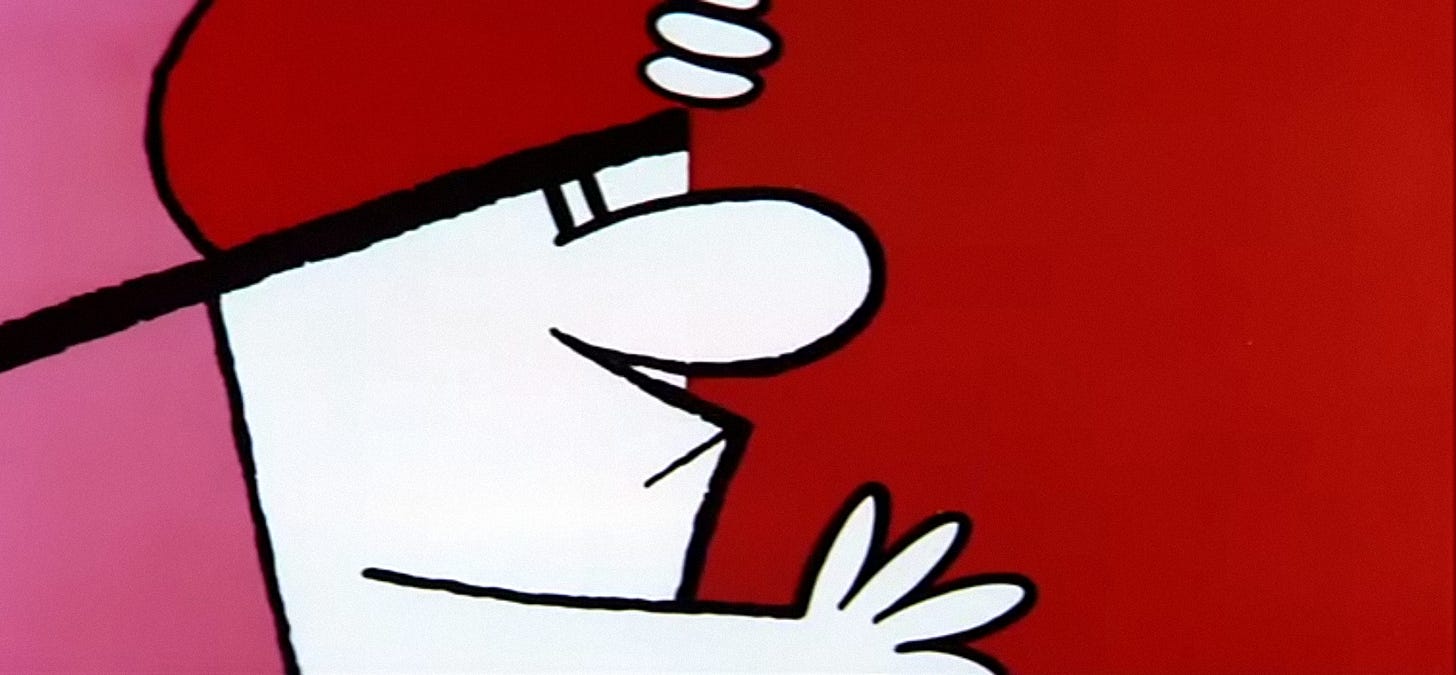+11: Reviving America's 'Worst Animation Studio'
Digging into the best of the Terrytoons renaissance.
Welcome to the 11th bonus issue of the Animation Obsessive newsletter! Glad you could make it. To our new members — thank you, and we hope you’ll enjoy our Thursday issues.
Today, we’re looking at an iconic moment in animation history — the rebirth of the studio Terrytoons. Back in the ‘50s, its working conditions and output were among the poorest in the industry. Then a new creative director, Gene Deitch of UPA, arrived. To quote Cartoon Modern, “Under his leadership, a hitherto bottom-rung animation studio was transformed into a classy exponent of the modern approach.”
Alongside that story, you’ll be able to watch highlights from Terrytoons’ Deitch era. Many of these films are unknown outside animation history circles — but they’re full of eye-grabbing ideas that set them apart from UPA, and from most mid-century modern cartoons in general. Even now, they’re absolutely worth studying.
Let’s start!
Keep reading with a 7-day free trial
Subscribe to Animation Obsessive to keep reading this post and get 7 days of free access to the full post archives.



